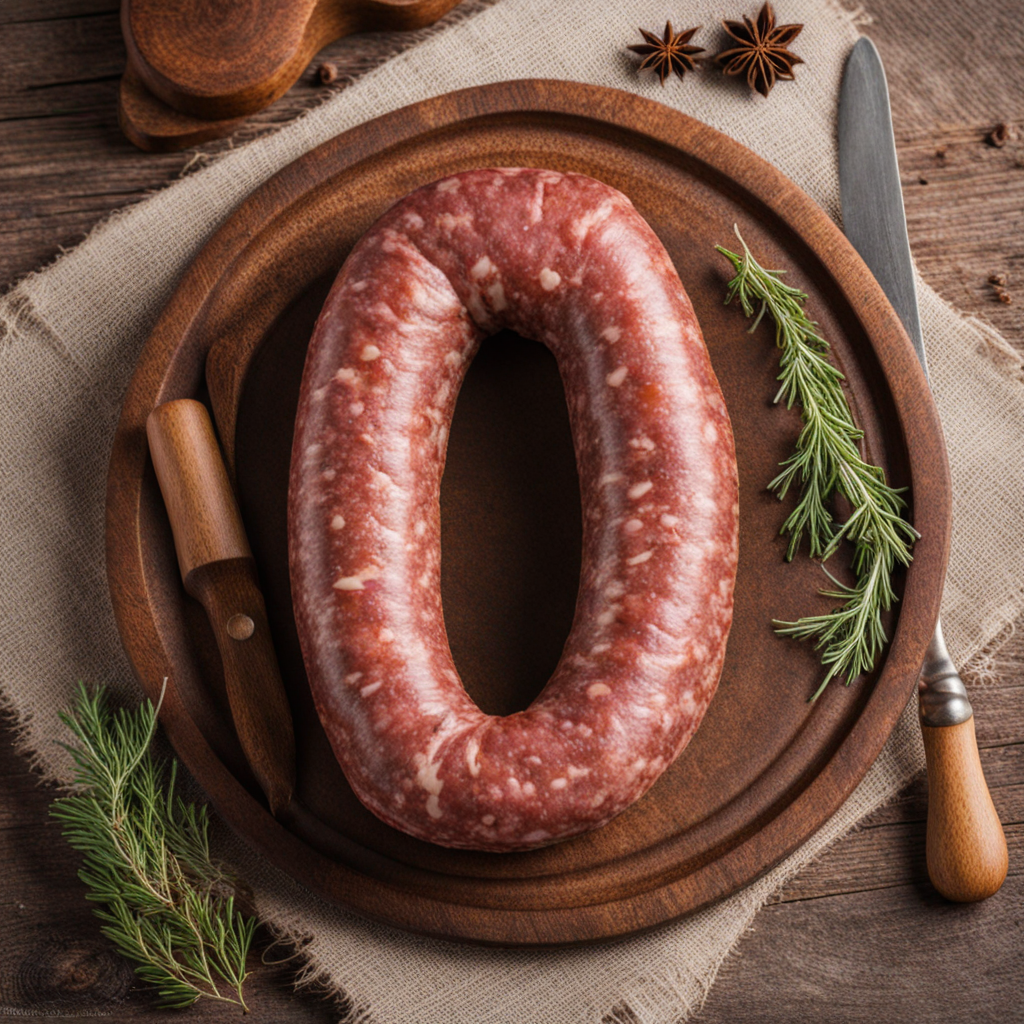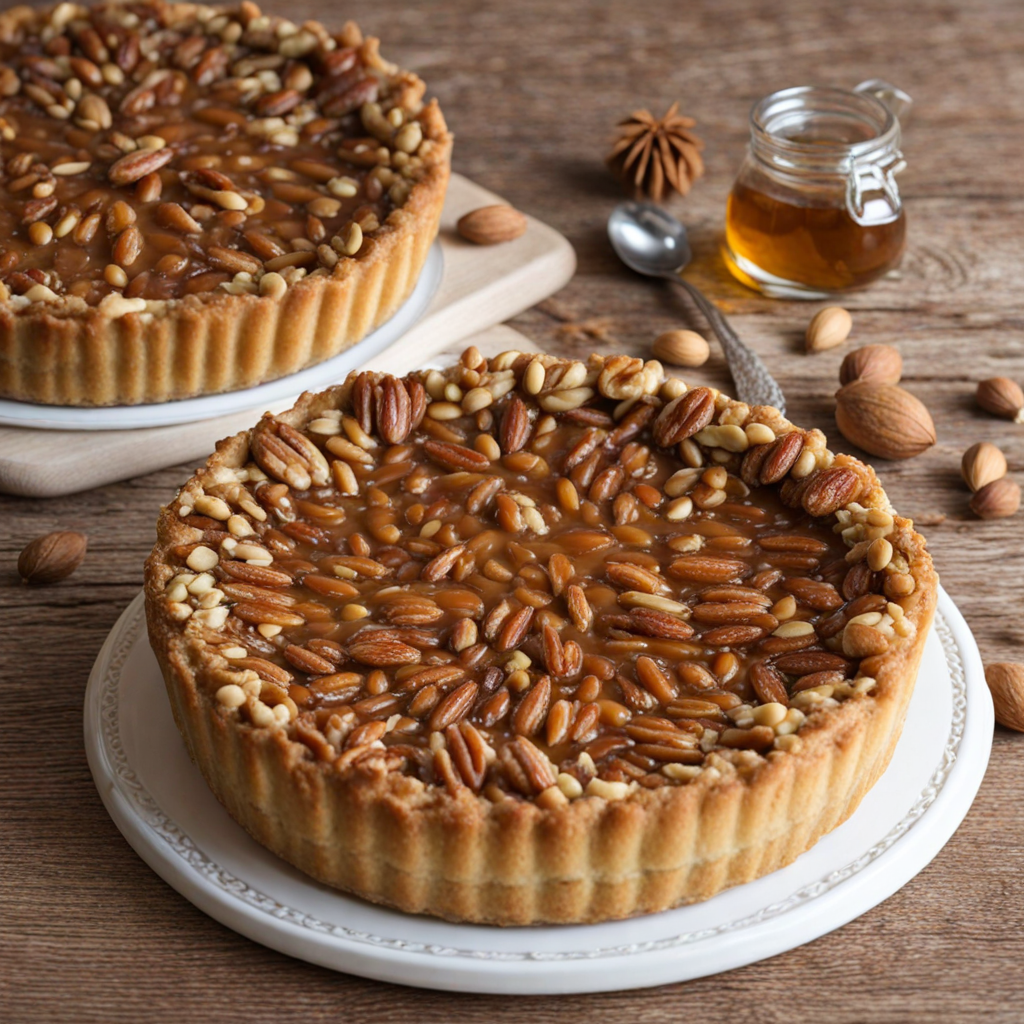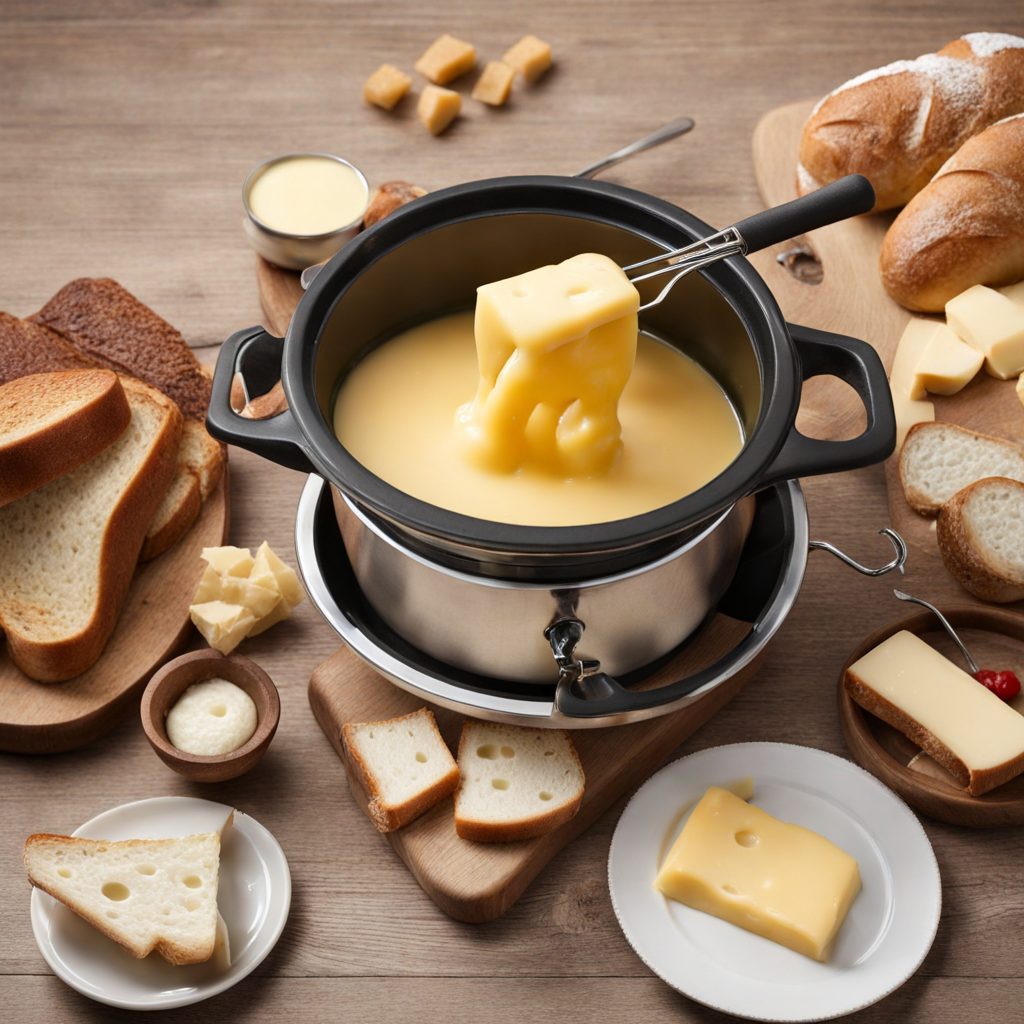Landjäger
Landjäger is a traditional Swiss dried sausage that offers a unique blend of flavors and textures, making it an intriguing choice for food enthusiasts. This semi-dried, fermented sausage is typically made from a mixture of beef and pork, seasoned with a harmonious combination of spices such as garlic, coriander, and pepper. The result is a robust and savory profile that is both aromatic and slightly tangy, providing a delightful taste experience. Its firm yet tender texture allows it to be sliced easily, making it a convenient snack or an excellent addition to charcuterie boards. The preparation of Landjäger involves a meticulous process of curing and drying, which not only enhances its flavor but also contributes to its long shelf life. Traditionally, it was created as a portable food for travelers and hunters, making it a popular choice for outdoor adventures. The sausage is often enjoyed cold, but it can also be briefly heated to release its rich oils, intensifying its flavor. The balance of meatiness and spice makes Landjäger versatile, pairing well with cheeses, pickles, and crusty bread, or simply enjoyed on its own. Beyond its taste, Landjäger carries a cultural significance in Switzerland, representing the country's artisanal food heritage. It is commonly found at local markets and festivals, where it is celebrated as a beloved snack. For those seeking a new culinary experience, Landjäger is a perfect choice, as it embodies the essence of Swiss cuisine while providing a delightful departure from more familiar flavors. Whether you’re a seasoned foodie or just beginning to explore the world of cured meats, Landjäger promises to awaken your palate with its distinctive taste.
How It Became This Dish
The History of Landjäger: Switzerland's Meaty Heritage Landjäger, a traditional Swiss cured meat snack, is a culinary gem that embodies the rich agricultural history and cultural nuances of Switzerland. With its origins shrouded in the mists of time and tradition, this semi-dried sausage has evolved into a staple for hikers, outdoor enthusiasts, and anyone with a taste for robust flavors. The story of Landjäger is not just about food; it is a reflection of the Swiss landscape, its people, and their customs. #### Origins: The Birth of Landjäger The word "Landjäger" translates roughly to "country hunter" in German, hinting at its roots as a portable food for hunters and travelers in the Alpine regions. Its precise origins are difficult to pin down, but it is believed to have emerged in the 19th century in the German-speaking areas of Switzerland, particularly in the cantons of Bern and Appenzell. The process of curing meats was a practical necessity for rural communities, where refrigeration was non-existent, and preserving food for the long winters was critical. Landjäger is made primarily from beef, though pork can also be included. The meat is finely chopped, mixed with spices, and often combined with sugar and salt to foster fermentation and preservation. What sets Landjäger apart from other sausages is its semi-dried nature. This unique preparation method involves a careful balance of drying and curing, creating a product that is flavorful yet retains enough moisture to be chewy and satisfying. #### Cultural Significance: A Culinary Companion In the Swiss culinary landscape, Landjäger has carved out a niche that speaks to both tradition and practicality. It is often associated with outdoor activities such as hiking, skiing, and mountain climbing. The sausage is lightweight and durable, making it an ideal companion for those traversing the rugged Swiss terrain. It is not merely a snack; it symbolizes the connection between the Swiss people and their environment. Landjäger is often enjoyed in a variety of ways. It can be sliced thinly and served on a charcuterie board, paired with cheeses and breads, or simply eaten on its own as a quick energy boost. Its robust flavor profile makes it a favorite among both locals and tourists. In many Swiss households, Landjäger is a staple during family gatherings, picnics, and outdoor excursions, reinforcing its role as a communal food. #### Development Over Time: From Tradition to Modernity As Switzerland underwent industrialization and urbanization, the production of Landjäger began to evolve. While traditional methods of crafting this sausage are still revered and practiced, commercial production has introduced variations that cater to changing consumer preferences. Artisanal producers continue to uphold the age-old recipes, often using locally sourced meats and spices, while larger manufacturers have streamlined the process for mass production. In recent years, there has been a resurgence of interest in traditional foods, driven by a broader movement toward sustainable and locally sourced ingredients. Consumers are increasingly seeking authentic, high-quality products that reflect their cultural heritage, and Landjäger fits this bill perfectly. This renaissance has led to the emergence of specialty shops and markets that celebrate Swiss culinary traditions, allowing Landjäger to reclaim its place on the contemporary dining table. #### The Craftsmanship Behind Landjäger The making of Landjäger is a meticulous process that showcases the craftsmanship and dedication of Swiss butchers. Traditional recipes call for a blend of spices that may include pepper, garlic, and coriander, which not only enhance the flavor but also contribute to the preservation of the meat. The meat mixture is then stuffed into natural casings, often made from hog intestines, and hung to dry in a controlled environment. This process can take several days to weeks, depending on the desired texture and flavor. Artisan producers often take pride in their unique interpretations of Landjäger, experimenting with different types of meat such as wild game or adding ingredients like cheese or herbs. This innovation, while rooted in tradition, helps keep the product relevant in a modern culinary landscape. #### Landjäger in Contemporary Cuisine In today's culinary scene, Landjäger is enjoying a renaissance not only in Switzerland but also in international markets. As global interest in charcuterie grows, Landjäger has found its way into gourmet shops, restaurants, and food festivals around the world. Chefs are increasingly incorporating it into their dishes, using it as a rich flavoring agent in stews, salads, and even pizzas, showcasing its versatility beyond being a mere snack. Moreover, the rise of outdoor activities, particularly during the pandemic, has led to a renewed appreciation for portable, nutritious foods. Hikers and campers are discovering Landjäger as an ideal companion for their adventures, further solidifying its status as a quintessential Swiss food. #### Conclusion: A Symbol of Swiss Heritage Landjäger is more than just a sausage; it is a testament to the ingenuity and resourcefulness of the Swiss people. Its history reflects the agricultural practices of rural communities, the need for preservation methods, and the love for the outdoors. As it continues to evolve, Landjäger serves as a bridge between past and present, tradition and modernity. Today, as Swiss culture embraces its culinary heritage, Landjäger stands proud as a symbol of the nation's agricultural bounty and artisanal craftsmanship. Whether enjoyed on a mountain trail or at a festive gathering, it encapsulates the spirit of Switzerland—robust, hearty, and steeped in tradition. The journey of Landjäger from the simple needs of rural life to a celebrated food item on both local and global stages is a story worth savoring, one bite at a time.
You may like
Discover local flavors from Switzerland







